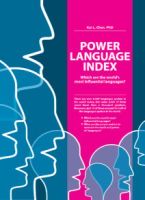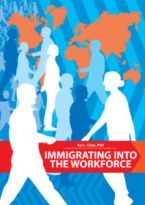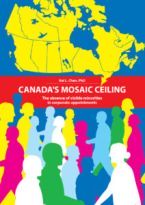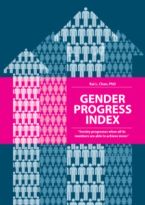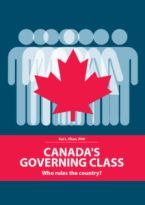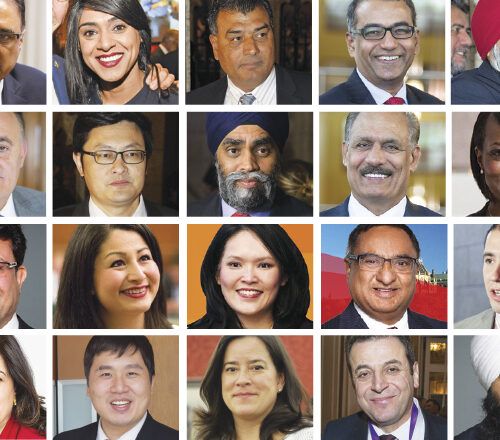
‘We live in a globalized world,’ House most ethnically diverse in Canadian history, but still has long way to go: research A record 47 visible minority and 10 indigenous MPs were elected in this House. [caption id="attachment_3076" align="aligncenter" width="500"] The Hill Times photographs by Jake Wright and the Parliament of Canada[/caption] By ABBAS RANA PUBLISHED : Monday, Nov. 21, 2016 12:00 AM PARLIAMENT HILL—It’s the most ethnically diverse House of Commons in Canadian history, but it still has a long way to go. The House is still mostly white, male, and English-speaking, according to a study conducted by Kai Chan, who released his data to The Hill Times, and most MPs are married, 30 per cent are bilingual, 13 per cent were born outside Canada, women make up 26 per cent of the House, 14 per cent are visible minorities, three per cent are indigenous, most studied politics, most were lawyers, and most have post-secondary education. Among the 338 MPs elected in the last general election, the most common age group is 50-59, 214 MPs are married, and 26 MPs have four or more children, according to Mr. Chan, an expatriate Canadian economist who now resides in the United Arab Emirates and who holds a…
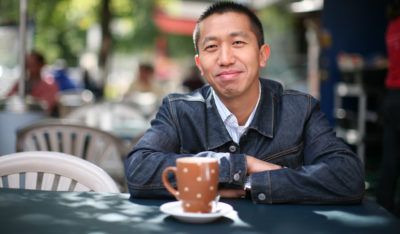
 By Anna Desmarais. Published on Jun 1, 2018 3:00pm (The Weekender Weekender 22 2018) Even after Canada elected its most diverse parliament ever in 2015, there is more work to be done to ensure that the Green Chamber is representative of the Canadian population at large. In 2015, Canada elected its most diverse Parliament ever — but experts say more can be done in the upcoming election to encourage various forms of representation in the Green Chamber. The 42nd Parliament is represented by 47 visible minority MPs from various cultural backgrounds and 10 Indigenous MPs, smashing the previous record of 28 and seven MPs belonging to each respective group. [caption id="attachment_3636" align="alignleft" width="212"] Ziad Aboultaif became the first Lebanese member of Parliament when elected as the Conservative representative of Edmonton—Manning in 2015.[/caption] One of the new faces to emerge from the 2015 election was Conservative MP Ziad Aboultaif, a prominent Lebanese business-owner representing Edmonton—Manning. Aboultaif decided to run for office to give back to the country he now calls home. On October 19, 2015, he became the first Lebanese member of parliament to represent a riding in Western Canada, winning a decisive victory with 47 per cent of the vote. “It…
By Anna Desmarais. Published on Jun 1, 2018 3:00pm (The Weekender Weekender 22 2018) Even after Canada elected its most diverse parliament ever in 2015, there is more work to be done to ensure that the Green Chamber is representative of the Canadian population at large. In 2015, Canada elected its most diverse Parliament ever — but experts say more can be done in the upcoming election to encourage various forms of representation in the Green Chamber. The 42nd Parliament is represented by 47 visible minority MPs from various cultural backgrounds and 10 Indigenous MPs, smashing the previous record of 28 and seven MPs belonging to each respective group. [caption id="attachment_3636" align="alignleft" width="212"] Ziad Aboultaif became the first Lebanese member of Parliament when elected as the Conservative representative of Edmonton—Manning in 2015.[/caption] One of the new faces to emerge from the 2015 election was Conservative MP Ziad Aboultaif, a prominent Lebanese business-owner representing Edmonton—Manning. Aboultaif decided to run for office to give back to the country he now calls home. On October 19, 2015, he became the first Lebanese member of parliament to represent a riding in Western Canada, winning a decisive victory with 47 per cent of the vote. “It… 


